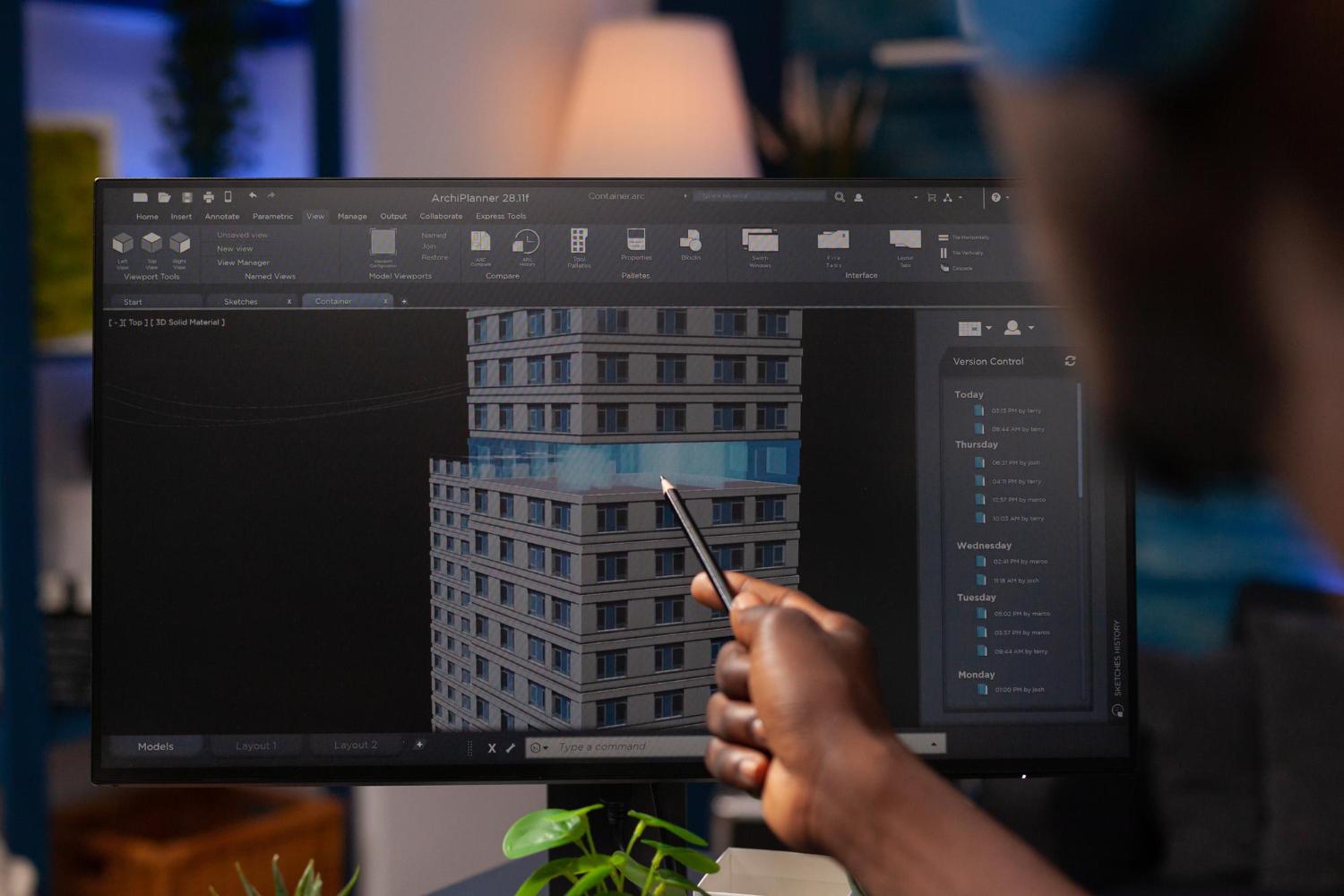The real estate industry is undergoing a significant transformation, largely driven by advancements in design technology. From 3D modeling to smart home integrations, cutting-edge technologies are reshaping how properties are designed, marketed, and experienced.
Bringing Properties to Life Virtually
Virtual reality (VR) has revolutionized property showings, allowing potential buyers to tour properties remotely. This technology provides a realistic sense of space and layout, making it easier for buyers to visualize themselves in the home. VR tours are especially beneficial for international or out-of-state buyers, who can now experience a property without physical travel.
Also, VR can highlight features that might be overlooked in photos, like the flow of rooms or the play of light throughout the day. Real estate agents are increasingly adopting VR to enhance their listings to provide a more immersive, engaging experience for clients.
Revolutionizing Architectural Visualization
3D modeling and rendering technologies have transformed architectural design and visualization. They enable architects and designers to create detailed, accurate models of properties before construction begins. This not only improves design efficiency and accuracy but also allows for more creative architectural experimentation.
Clients can see realistic representations of projects, making it easier to approve designs and make modifications. These technologies also streamline collaboration between architects, engineers, and contractors.
Enhancing Interior Spaces with AR
Augmented reality (AR) is changing the game in interior design and home staging. AR apps allow users to virtually place furniture and decor items in a space, helping buyers envision different layouts and styles within a property. This technology makes decision-making easier and enhances the buying experience.
It’s particularly useful in empty spaces to help potential buyers imagine their life in the home. Thus AR is becoming a standard tool for interior designers and home stagers, offering an innovative way to showcase possibilities.
Streamlining Construction and Management
Building Information Modeling (BIM) is a powerful tool for managing construction projects. It provides a digital representation of a building’s physical and functional characteristics, and facilitates better decision-making throughout the construction lifecycle.
BIM also improves coordination among stakeholders, reduces construction errors, and saves time and costs. The use of BIM also extends to facility management post-construction, and helps owners maintain and operate buildings more effectively. It’s particularly advantageous in complex projects, where coordination and precision are of the utmost importance.
Staying Ahead with New Tools
As design technology rapidly evolves, staying updated with the latest tools and software is important for professionals in the real estate industry. For instance, some programs offer advanced 3D modeling capabilities, which are essential for creating complex architectural designs.
Integrating Convenience and Efficiency
Smart home technology is becoming increasingly popular in modern real estate. Integrations like automated lighting, heating, and security systems not only offer convenience and efficiency to homeowners but also add significant value to properties.
These technological enhancements appeal to a growing demographic of tech-savvy buyers. The rise in IoT (Internet of Things) devices has made smart home technology more accessible and customizable to homeowners. This trend is reshaping buyers’ expectations, thus making smart homes a standard in the real estate market.
Simplifying Property Searches Online
Nowadays, finding and viewing properties online has been greatly improved by well-designed real estate websites and apps. For example, Apartment Guide offers an intuitive platform for users to search for apartment rentals. Its user-friendly design and comprehensive listings make the apartment hunting process much more manageable.
These platforms often include advanced filters and search tools, allowing users to pinpoint properties that meet their specific needs and preferences. The integration of customer reviews and ratings further aids in making informed decisions about rentals.
Promoting Sustainable Real Estate Practices
Green building technology is making sustainable construction more achievable and cost-effective. Innovations like solar panels, energy-efficient appliances, and sustainable materials are not only environmentally friendly but also reduce long-term costs for homeowners.
This shift towards sustainability is attracting eco-conscious buyers and setting new standards in the real estate industry. Green certifications like LEED are becoming increasingly popular, adding value to properties and demonstrating a commitment to environmental stewardship. In addition to helping the environment, these technologies provide homes with financial benefits like tax breaks and energy savings.
These technologies are indeed improving productivity, innovation, and sustainability at every stage of the property lifecycle—from planning and building to marketing and selling. Soon, adopting these technology developments will be a must as the real estate market develops in order to remain competitive and satisfy the shifting demands of both buyers and sellers.



